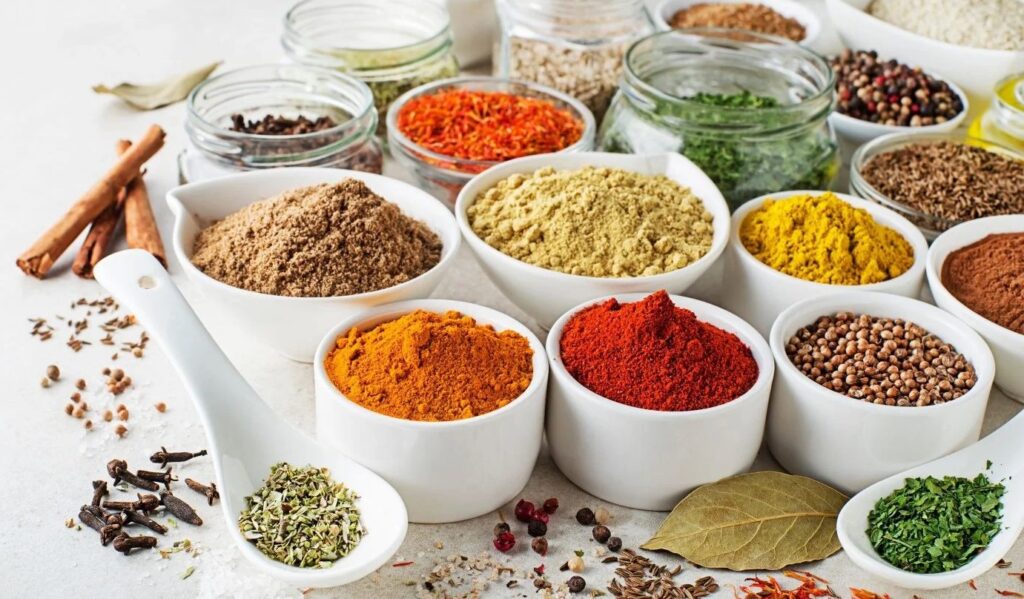15/05/2024
15/05/2024

INDIA, May 15: Indian spices, renowned for their vibrant flavors and integral role in global cuisine, are facing scrutiny over safety concerns as regulatory agencies worldwide investigate potential contamination issues. Actor-turned-food writer Madhur Jaffrey aptly describes spices for Indians as akin to paints in a palette, offering a spectrum of flavors and culinary possibilities.
However, recent developments have cast a shadow over the safety of these cherished ingredients. Last month, Singapore and Hong Kong suspended sales of spices from Indian companies MDH and Everest due to suspected elevated levels of ethylene oxide, a carcinogenic pesticide. The US Food and Drug Administration (FDA) is also probing products from these brands for potential pesticide contamination.
The European Union (EU) has raised similar concerns after detecting ethylene oxide in samples of Indian chili peppers and peppercorns. Reports indicate that regulatory authorities in the Maldives, Bangladesh, Australia, and other countries have initiated investigations into the matter.
This alarming revelation has sparked widespread apprehension, particularly as MDH and Everest are esteemed and trusted brands in the spice industry. MDH, a 105-year-old family-run enterprise based in Delhi, offers a diverse range of over 60 blended and ground spices, while Everest Food Products, established by a prominent spice trader, boasts a 57-year legacy as India's largest manufacturer of pure and blended spices.
However, this is not the first instance of Indian spices facing contamination issues. Past incidents have raised concerns about lead contamination in food coloring used in spices and instances of adulteration. In response, the Indian government has directed state authorities to conduct quality tests, while agencies like the Spices Board and the Food Safety and Standards Authority of India (FSSAI) are actively assessing samples.
Despite India's stringent Maximum Residue Limits (MRLs) standards and efforts to ensure food safety, challenges persist. Inadequate sanitation facilities and equipment cleanliness standards at spice plants have been highlighted by regulatory bodies, underscoring the need for comprehensive reforms.
Experts emphasize the importance of transparency, rigorous enforcement, and clear communication to address these challenges and safeguard the integrity of India's spice exports. Failure to address these issues could have far-reaching consequences, potentially impacting over half of India's spice exports and undermining the reputation of Indian spices in global markets.
As investigations continue and calls for reform grow louder, consumers and industry stakeholders alike await decisive action to restore confidence in the safety and quality of Indian spices.


